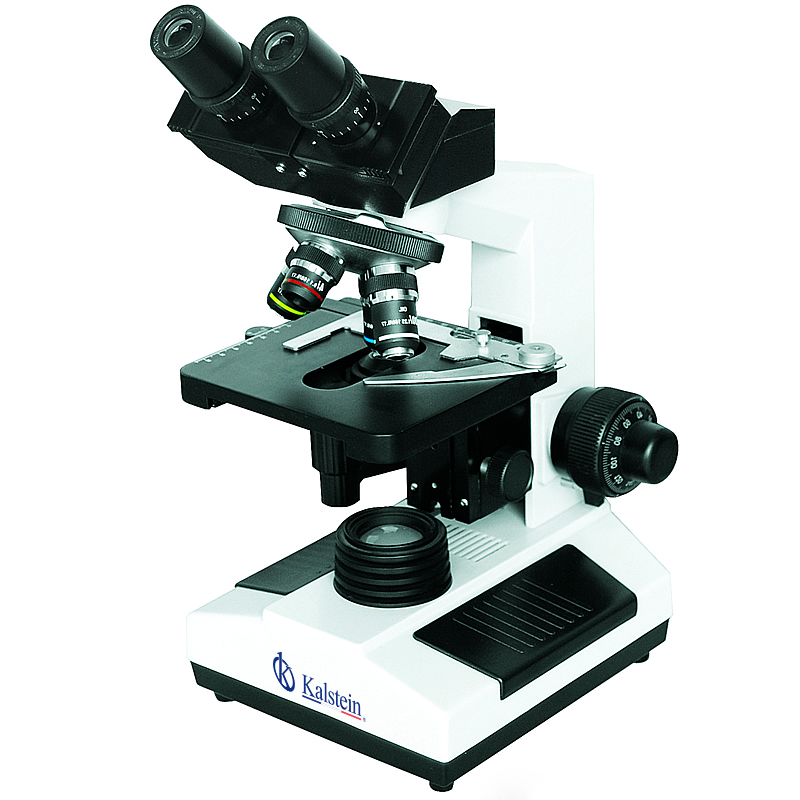Hantavirus is a zoonotic viral disease caused by the hanta virus, the carriers of this infectious agent are rodents, especially mice. The virus is present in the excrement and urine of these animals, infecting humans by contact and inhalation, or by being bitten by a rodent. It should be noted that this virus does not cause disease in the animals that carry it.
The name of the hantavirus comes from the Hantan River, located in South Korea, where the prototypical member, the Hantan virus, was initially located in 1978. However, it was not until 1933 that it was first detected in humans, in the southwestern region of the United States, spreading later to other countries of America. This disease occurs in rural areas such as fields, forests and farms, where rodents are usually housed, however, there is the possibility of transmission in urban areas.
This respiratory disease is severe and sometimes fatal, and may cause damage to the lungs or kidneys. Diagnosis by hantavirus infection requires serologic tests to confirm the presence of the virus. The size of the hantavirus is around 90 nm and 120 nm in diameter, the use of the electron microscope is fundamental for the study of its structure, due to the resolution power it has.
Use of the microscope for hantavirus tissue analysis
The electron microscope is commonly used for research, however, thanks to its superior magnification capacity, which is found above the conventional microscope, it is also used for the diagnosis of microbial diseases, identification of bacteria, parasites, fungi and viruses such as hantavirus.
Hantavirus infection is suspected when people who have been exposed to the virus have symptoms of the virus, such as headache, fever, diarrhea, vomiting, cough, dyspnea, muscle aches, and abdominal pain. However, blood tests by serologic tests are needed for identification. To carry out these studies it is essential to have an electron microscope, since it reaches a higher resolution than conventional microscopes, allowing to visualize agents below 2 nm, being perfect to observe the hantavirus virus, which ranges from 90 nm to 120 nm in diameter.
Electron microscope
The electron microscope is a type of equipment that has some aspects that mark its importance, these are: the ability to increase and the resolution, which are much greater than the conventional microscope. These two aspects help to condition its quality and also the type of sample that you want to observe.
The electron microscope does not depend on light, this in turn, uses electrons with high energy, obtaining a high image quality and optimal visualization of very small elements, such as molecules, atoms and viral particles. This equipment consists of the following elements: a source of electors, electromagnetic lenses, vacuum chamber, fluorescent screen and a computer to process the images.
The electron microscope plays an essential role for scientific research and medicine, by allowing the user to observe small structures in detail and provide information on their function. This equipment is used mainly in universities, laboratories and specialized centers. Through them, one can investigate on the molecular mechanisms of diseases and know the structure of tissues. On the other hand, it is also useful in the area of dentistry, industry, quality control and mining, among others.
Kalstein-branded microscopes
At Kalstein we are, par excellence, MANUFACTURERS of all kinds of laboratory equipment, for those who are dedicated to the field of scientific research and medicine. Our equipment apart from having a high quality and technology, also have the best PRICES within the market. If you are looking for a microscope you can find in our catalog all types of models, such as binoculars, inverted, trinoculars, biological, metallurgical, polarization and stereoscopic. To make your PURCHASE, just visit our catalog, click on the following link: HERE and ask for the quote. For more information about our other equipment visit HERE

